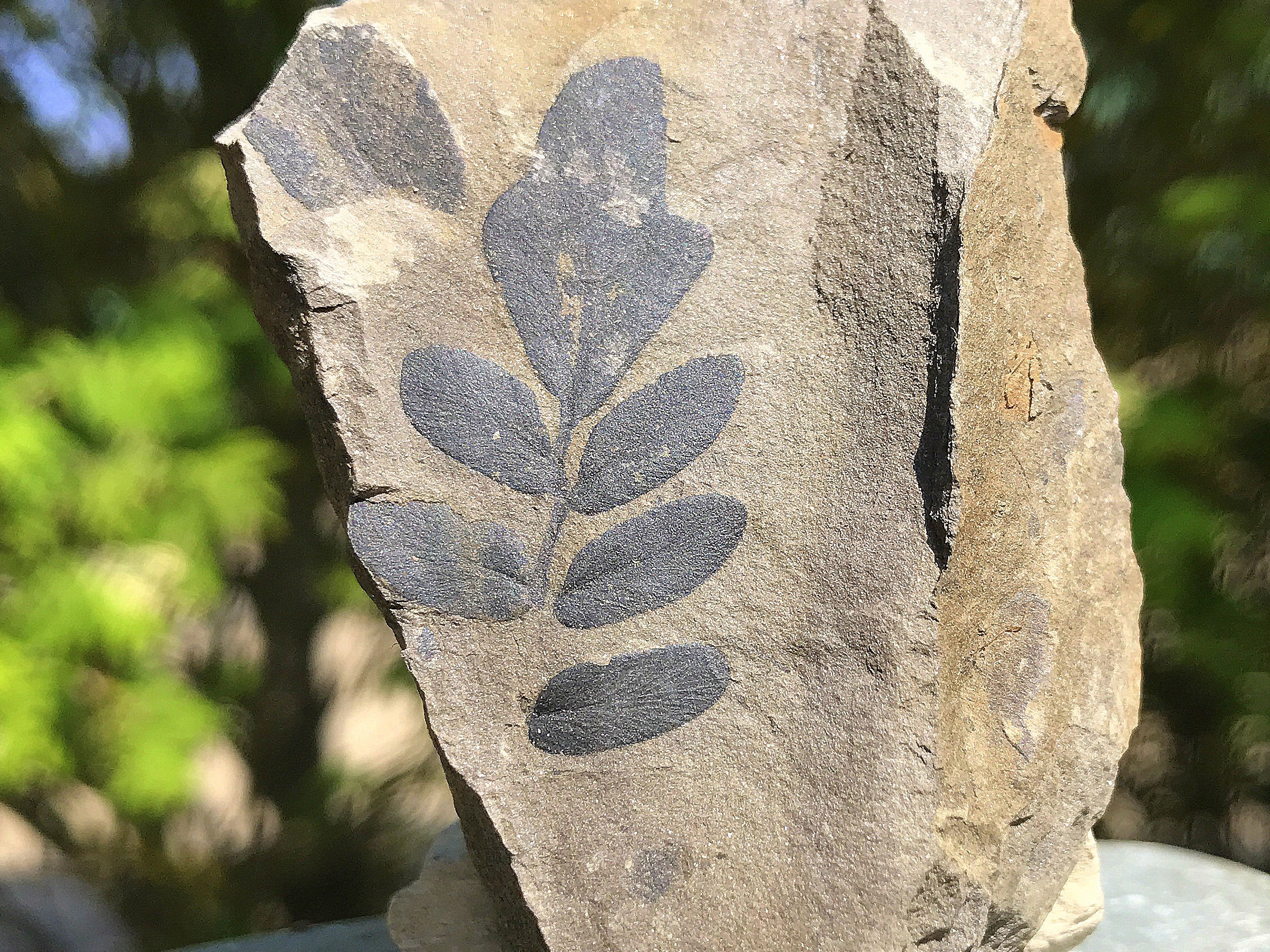Whitehaven is one of the only places in the UK where fossil plants from the Carboniferous can be collected on the coast both on the foreshore and in the cliffs. This unique location can yield some well-preserved specimens.
DIRECTIONS
♦ Head to the north side of the pier at the harbour and follow the road up to the large supermarket and towards the train station. You will need to get onto the opposite side of the railway track, so walk through the supermarket car park and, near the garage, there is a trackway.
♦ Follow this past the station and you will pass some tall cliff faces of an old quarry, with a number of factory units situated beneath the cliff face. This quarry is unfossilferous.
♦ Continue walking until the beds change into shale. Most of the cliff is now sadly overgrown, but there is still a good exposure where collecting can be undertaken.
♦ From the first exposure, there is a tunnel nearby that gives safe access to the foreshore.
♦ Ref: 54.57003°N, 3.58400°W
PROFILE INFO
FIND FREQUENCY: ♦♦♦♦♦ – Whitehaven is a superb location for fossil plants and is probably the most publically accessible location in the UK. There are plenty of good specimens to be found either in the cliff section or simply on the foreshore.
CHILDREN: ♦♦♦ – Whitehaven is suitable for older children providing they keep away from the cliffs and railway line.
ACCESS: ♦♦♦ – Whitehaven is easy to find, with plenty of parking nearby and the cliff section is a very short walk away. Some of the most accessible plant beds can be found on the foreshore. A nearby tunnel provides safe access to the shore.
TYPE: – Whitehaven is a foreshore and cliff location. The cliff section is separated by railway and a sea defence, and is badly overgrown. However, there are accessible sections where you can collect plant remains in situ.
FOSSIL HUNTING
There are some 30 recorded species of plant remains found at Whitehaven. The foreshore is full of fossil roots in between layers of plant material. The most common plants include Annularia, Neuropteris and Asterophyllites, and many of these can be found in their original life positions, which makes this location extremely important.
The best bed for Calamites can be found in the lower hard beds at the cliff section. These can be extremely large and in excellent condition. The first cliffs you come to at Whitehaven do not contain shale and are unfossilferous, but as you walk northwards they change. There is a good cliff section of shale, which contains a large number of plant remains. You can climb up scree slopes to gain access to the various different zones.
Some zones contain well-preserved plant fauna and others not so well-preserved fossils. Throughout the sequence, the bands cycle through plant leaves followed by roots and then plant leaves. The grey and brown bands are the best beds. Across the railway track, exposures can be found on the foreshore. On the surface, only roots can be seen as the plant material has been washed away, but, if you split the shale, you will find it is full of plant material with some excellent specimens. The beds dip as you walk north to south offering different zones.

GEOLOGY
The foreshore and cliffs at Whitehaven are famed for their Silesian (Upper Carboniferous) plant remains. Many of the plant fossils that can be obtained here are of exceptional preservation and whilst the section in the cliff provides good collecting opportunities, the section of foreshore beneath exposes beds of Bolsovian age (311.7–306.5 Mya from the Westphalian Stage and generally consists of far better fossil material.
Fossil plants found at this location represent a time when plant life flourished and forests were populated by giant cycad trees and ferns. A substantial river once flowed to the southwest through this environment and the Countess Sandstone, provides us with evidence of this.
Continuing north to Parton Cliff, siltstones can be found in the shale. These contain ironstone nodules, which when broken may contain well preserved plant fossils.


SAFETY
The cliffs are tall and constantly crumble. Therefore, take extreme care when collecting here. Access to the foreshore is through a tunnel nearby, which provides a safe way of getting to the fossil beds without crossing the railway track.
EQUIPMENT
You will need some form of splitting tool. Chisel picks are best to split layers in the shale. Be sure you bring eye protection and some paper or newspaper to wrap up your finds carefully. Preserving liquid on site is useful to treat fragile fossils. When home, treat them as soon as possible to avoid fading or pealing.
ACCESS RIGHTS
Access is permitted. DO NOT HAMMER THE CLIFF FACE.
It is important to follow our ‘Code of Conduct’ when collecting fossils or visiting any site. Please also read our ‘Terms and Conditions‘
LINKS
♦ Buy Fossils, Crystals, Tools
♦ Location Discussions
♦ Deposits Magazine
♦ Join Fossil Hunts
♦ UK Fossils Network






































